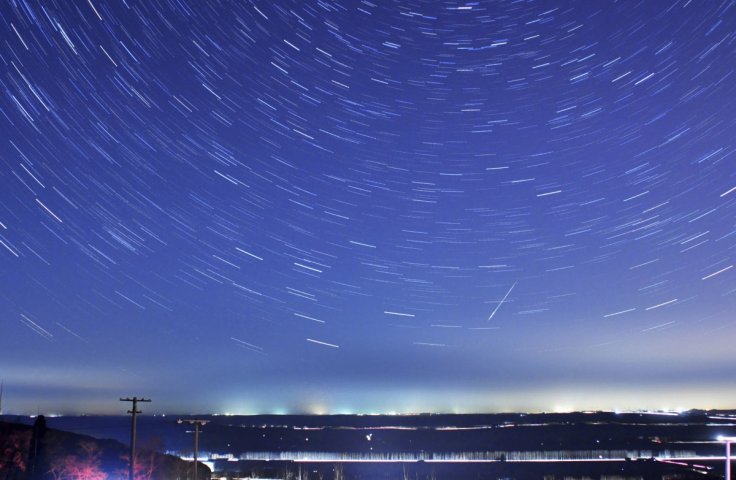While the whole world is gearing up to welcome the new year with great positivity and enthusiasm, the stargazers can prepare themselves to catch a glimpse of the new year's first celestial event, the Quadrantid meteor shower this weekend.
The Quadrantid meteor shower will peak in visibility during the late evening of January 3 until dawn of January 4. According to reports, people in the Northern Hemisphere will get to watch more than 100 meteors through the skies per hour at its peak.

When to watch the shower?
So, if the sky is clear, all the stargazers can enjoy the sight of the meteor shower. It is always advised that one should try to look to the skies shortly after midnight to have the best glimpse of the shower. However this time, the International Meteor Organization has predicted that the best time to witness the meteor shower will be at around 1.30 am IST.
Experts say that people residing in the countryside, where there is less pollution may have a better sight of the astronomical event. Meteors are usually produced by dust grains left out by comets. However, the Quadrantid meteor shower is associated with an extinct comet called 2003 EH1, which was discovered back in 2003.
How to watch it?
Unlike several other astronomical events, people do not require the support of any equipment such as the binoculars or telescopes to see the meteor showers since they streak overhead and are best seen with naked eyes.
But, experts have advised that it is very important to give some time to your eyes to adapt to the dark. In order to have a better view, one should catch a dark patch of the unobstructed sky and give around 30-45 minutes away from sources of light for the eyes to adjust.
Binoculars and telescopes are not much use to see meteor showers since they streak overhead and are best seen without equipment. It's crucial you give your eyes some time to adapt to the dark. Catch a dark patch of unobstructed sky and give your eyes 30-45 minutes away from sources of light to adjust.








